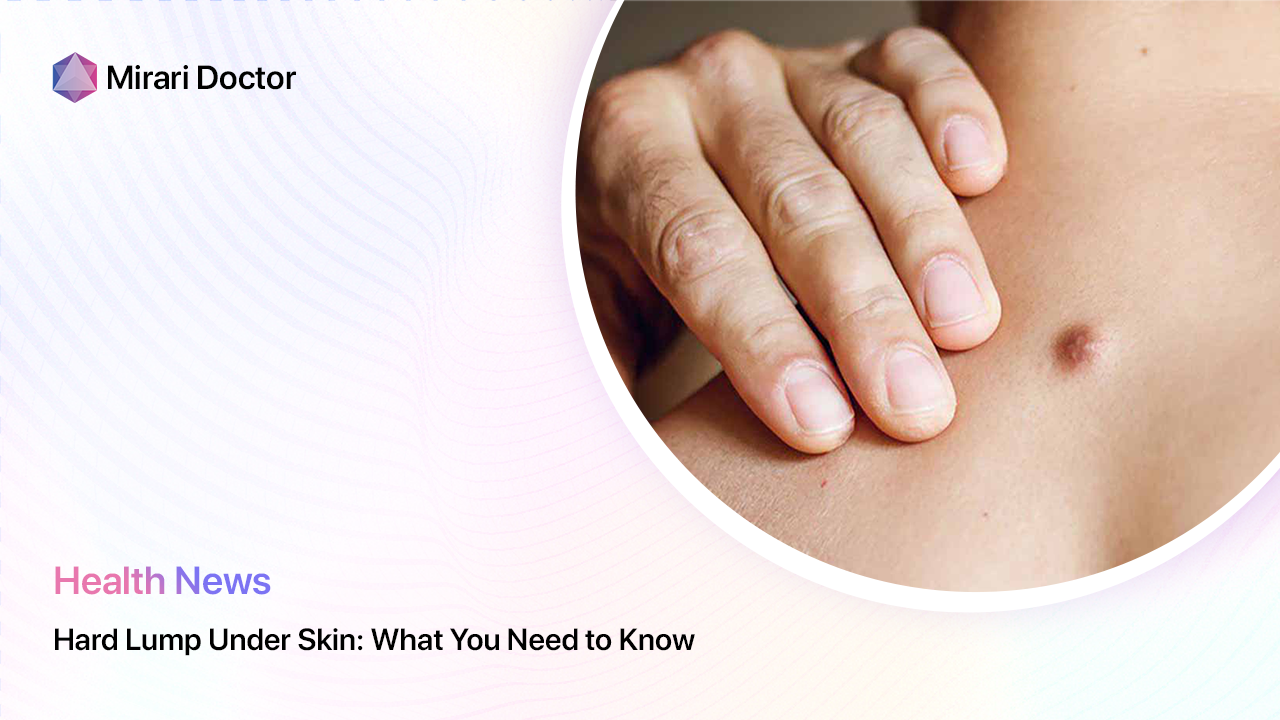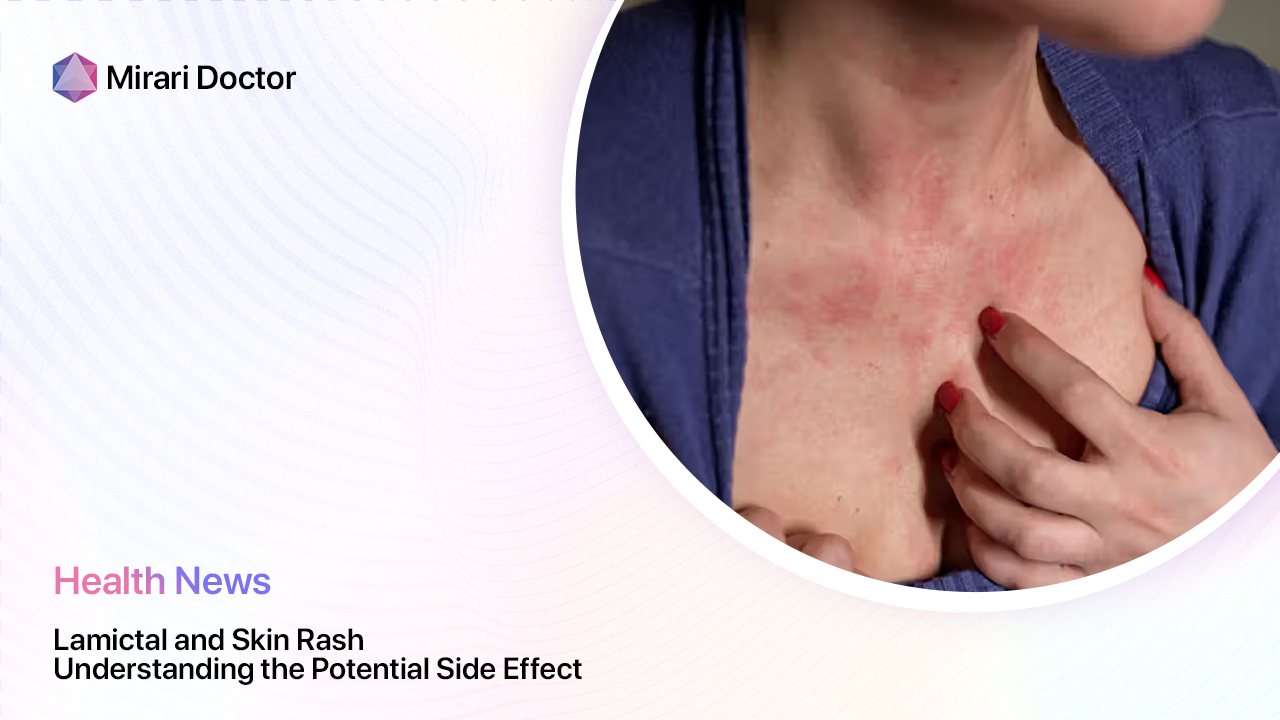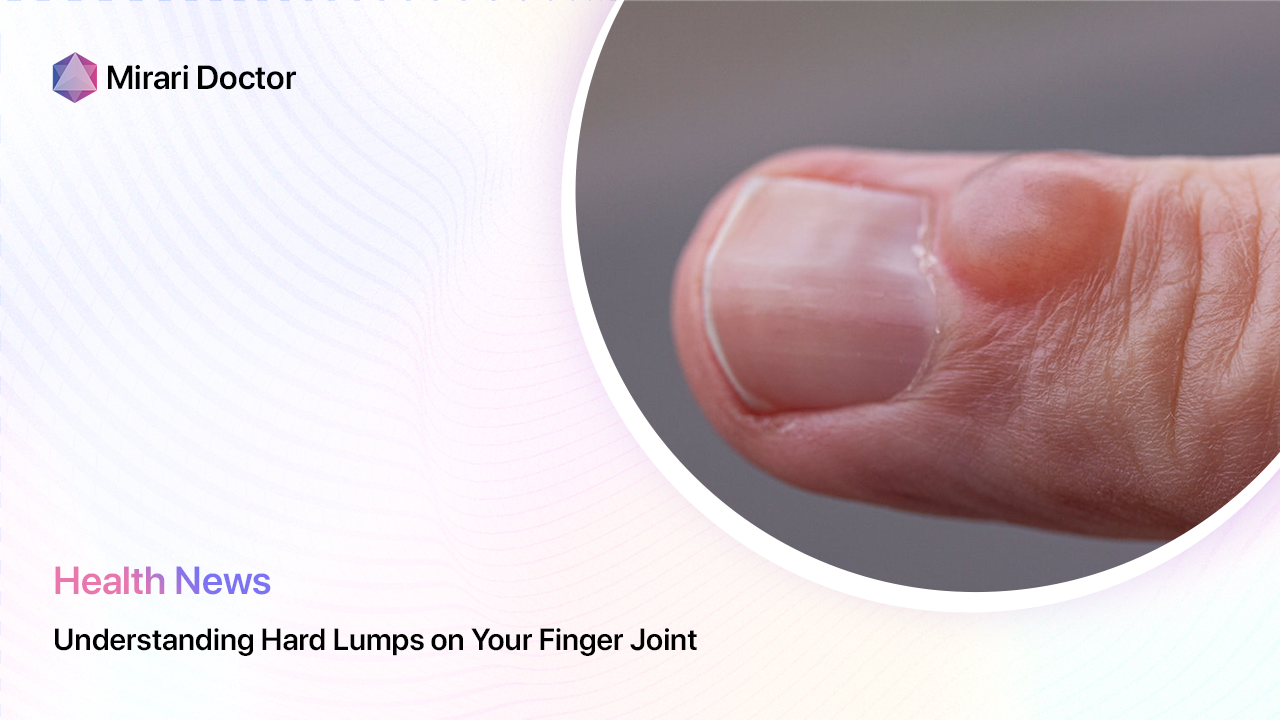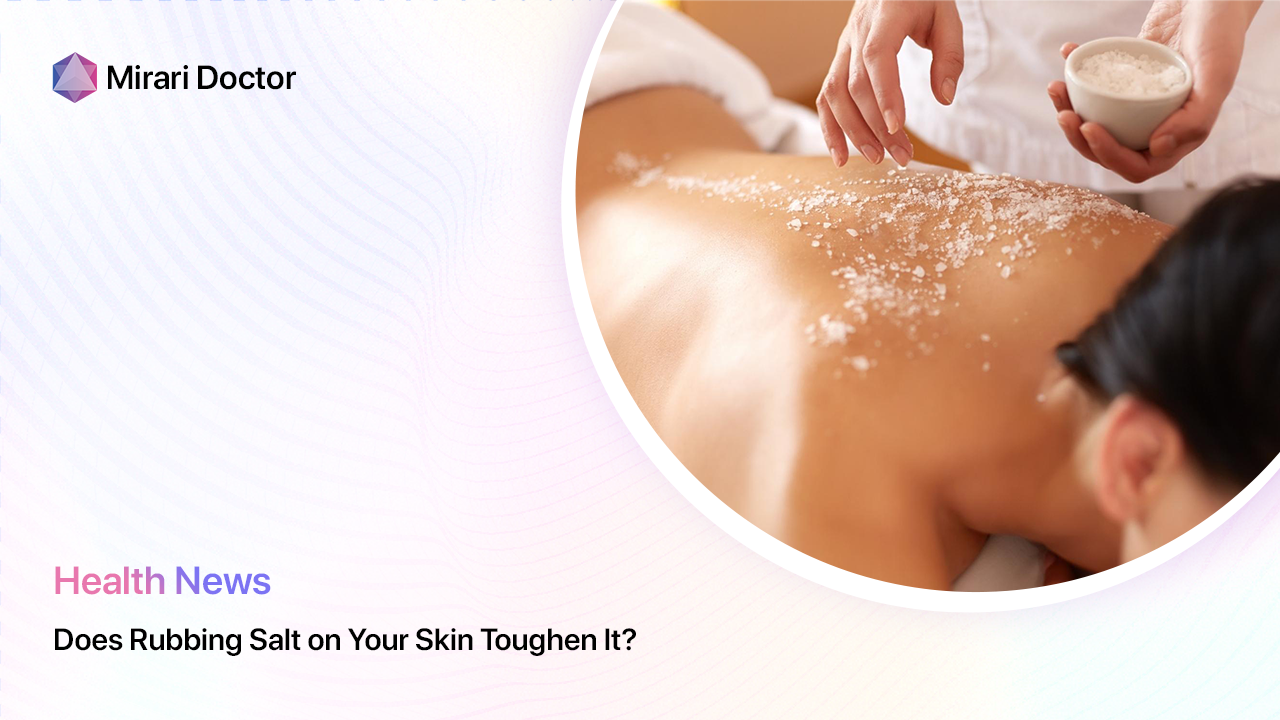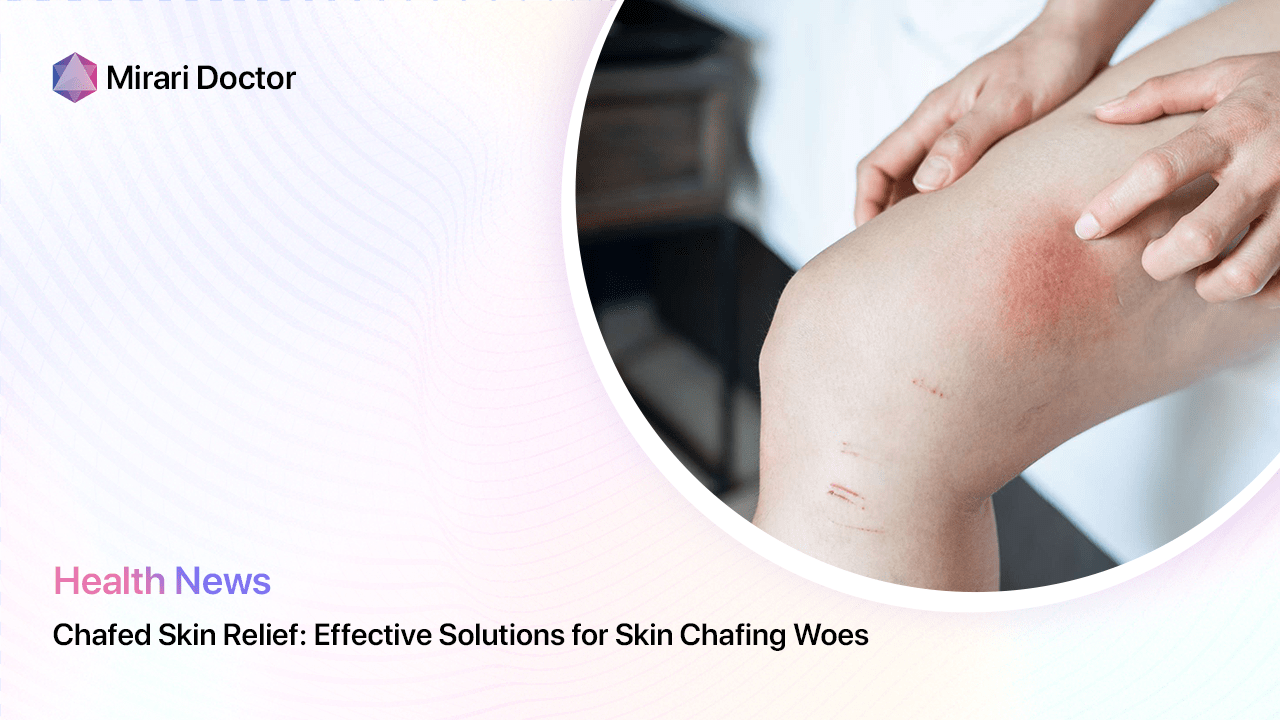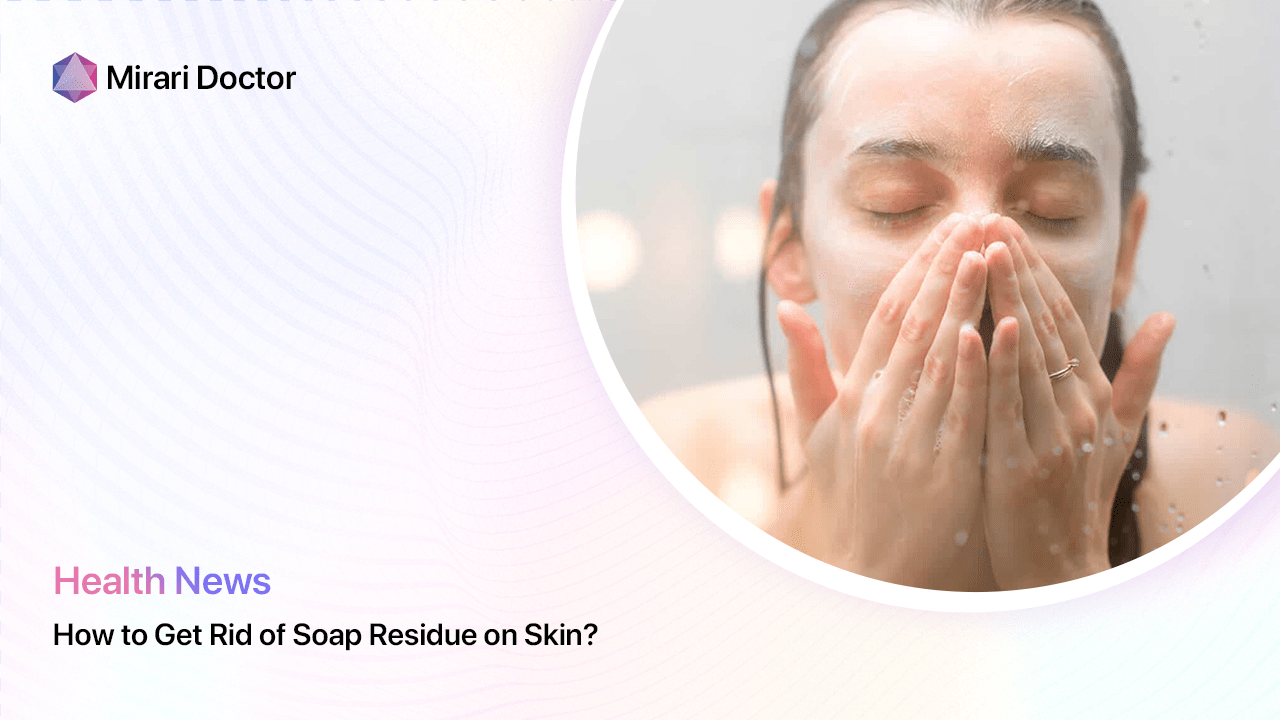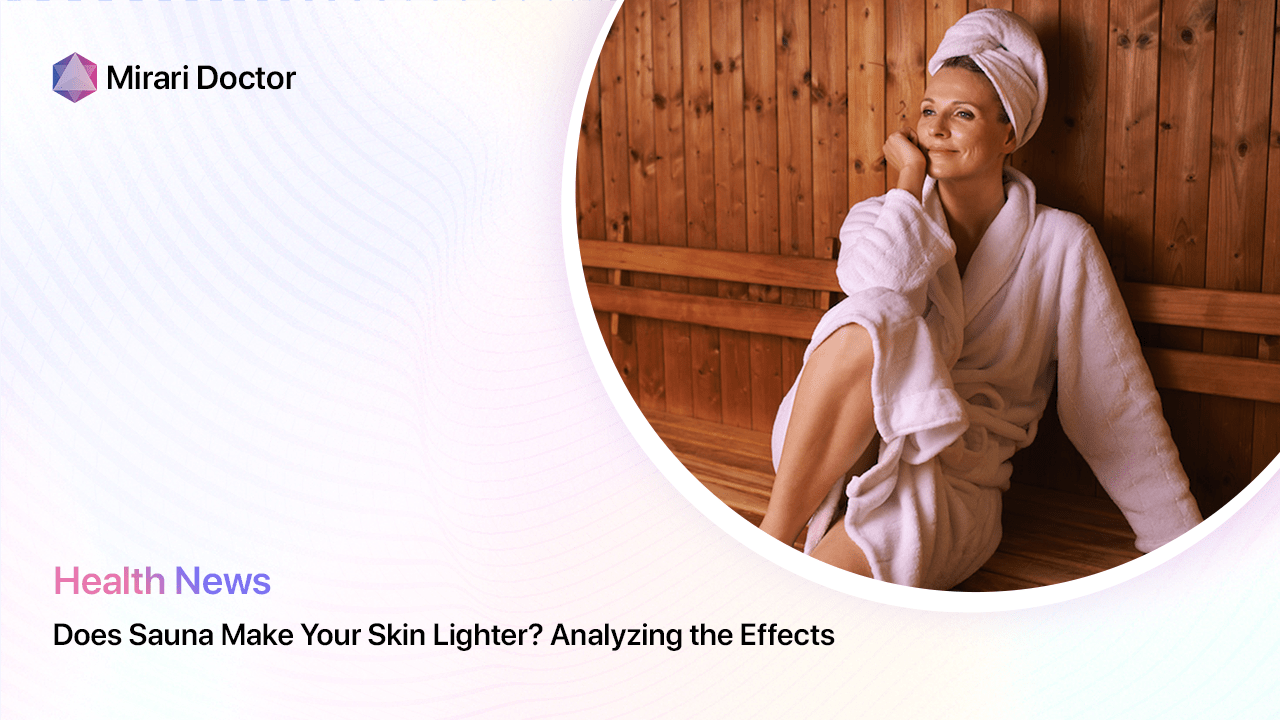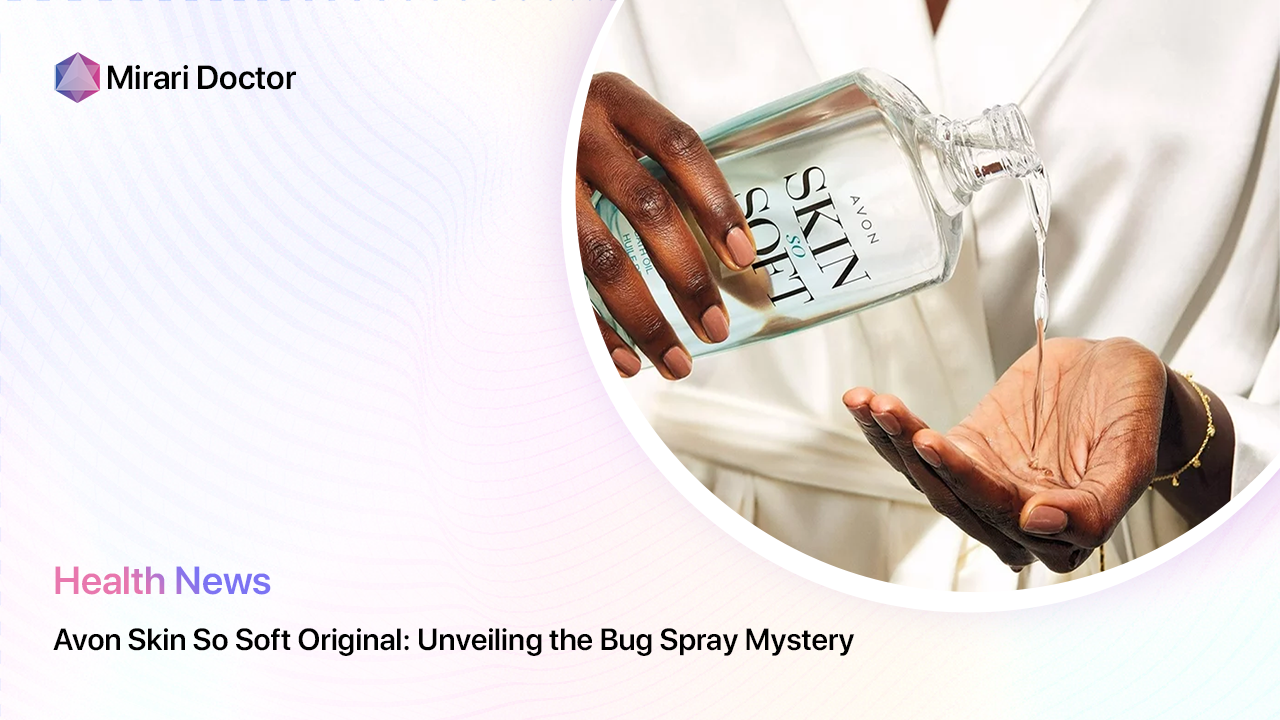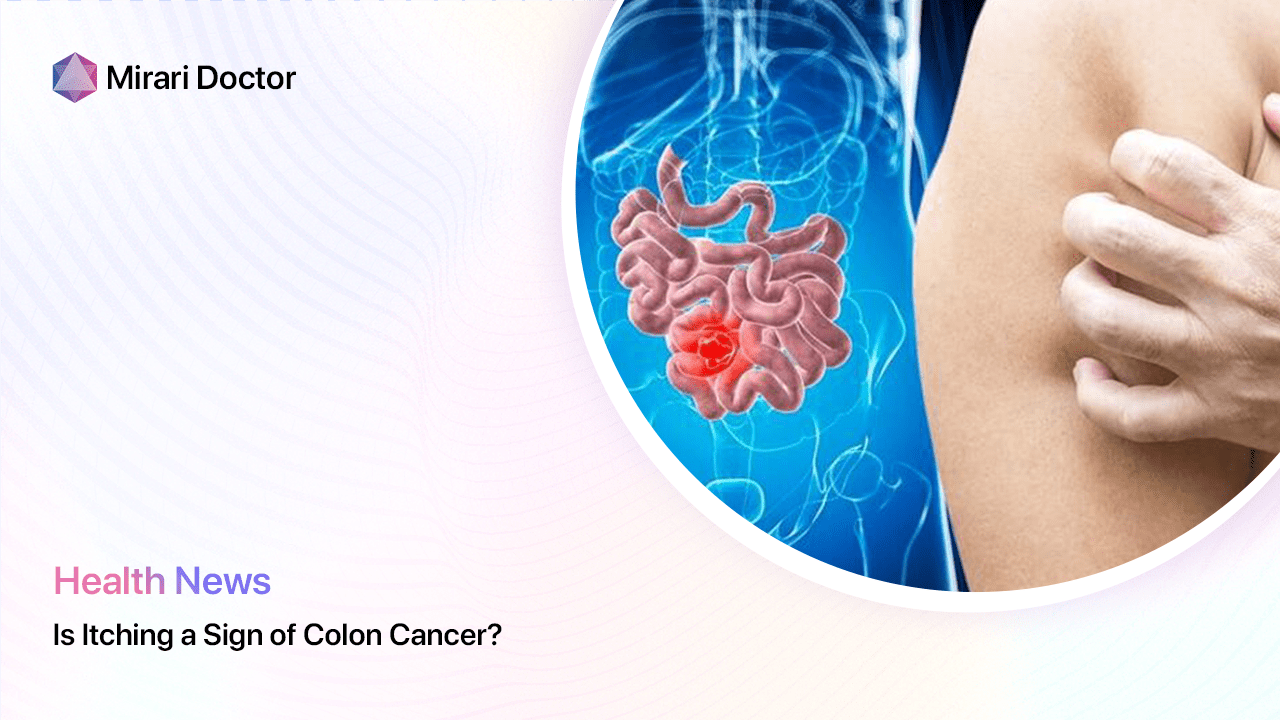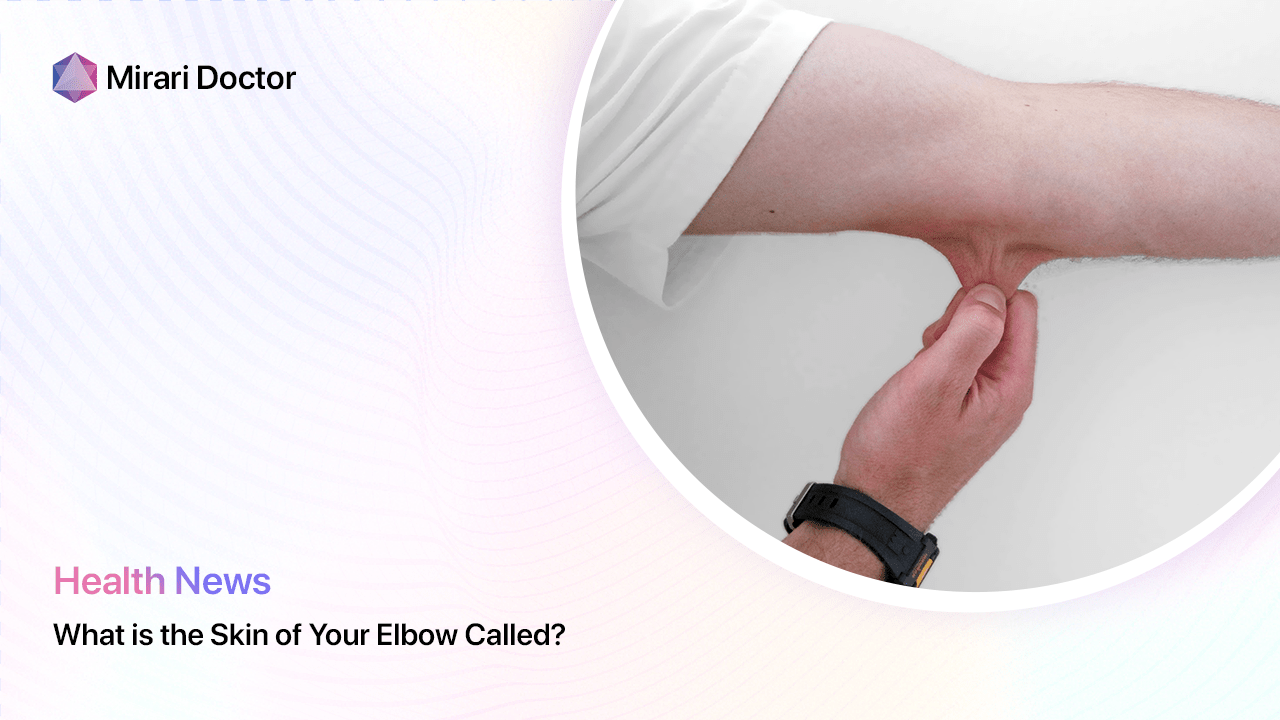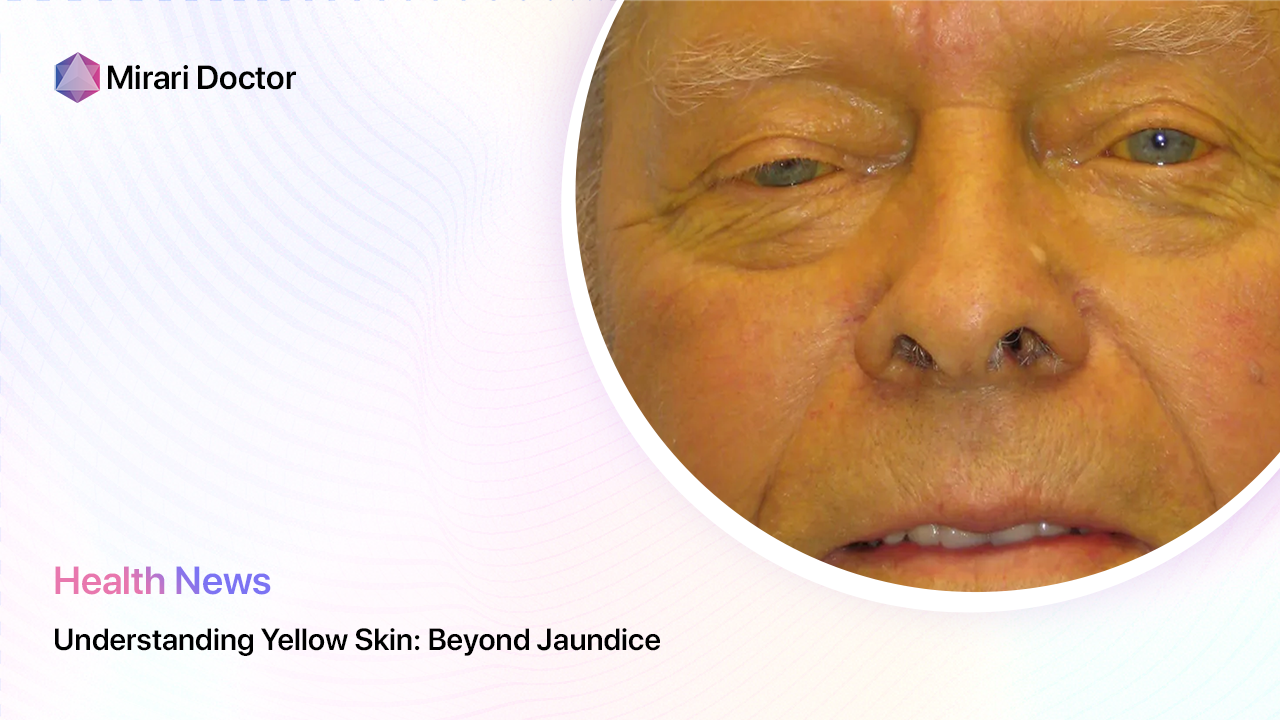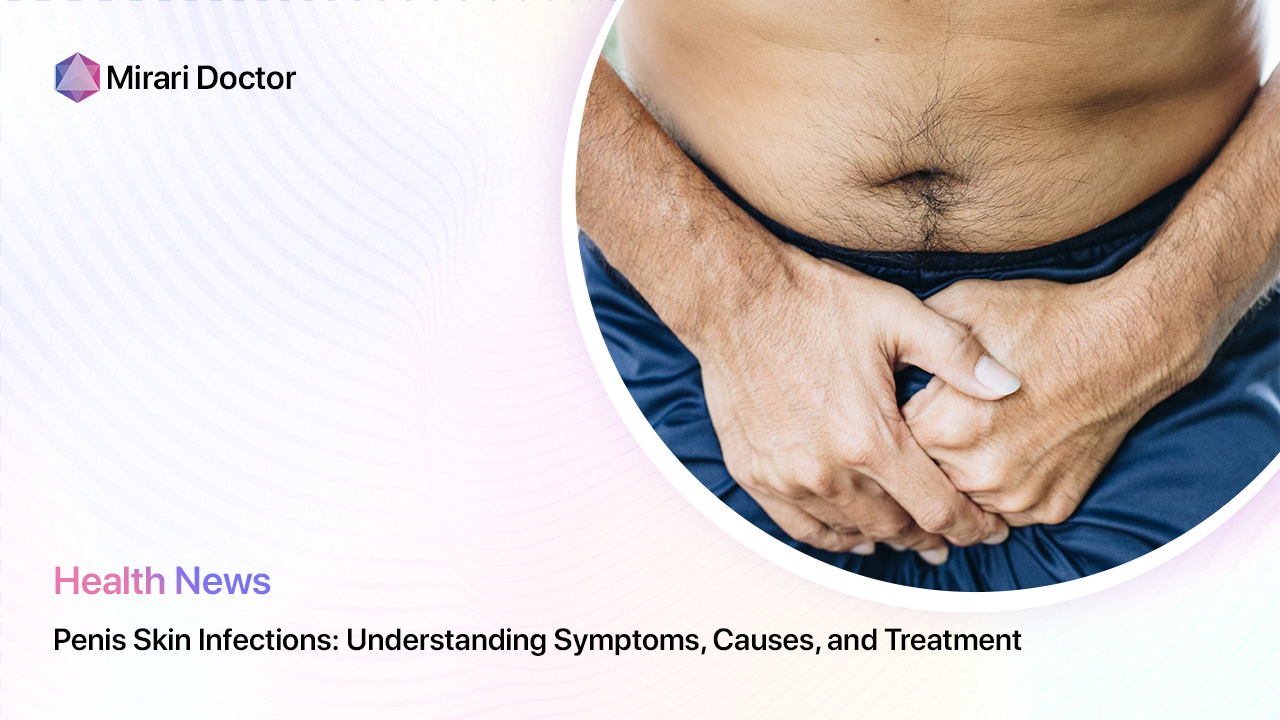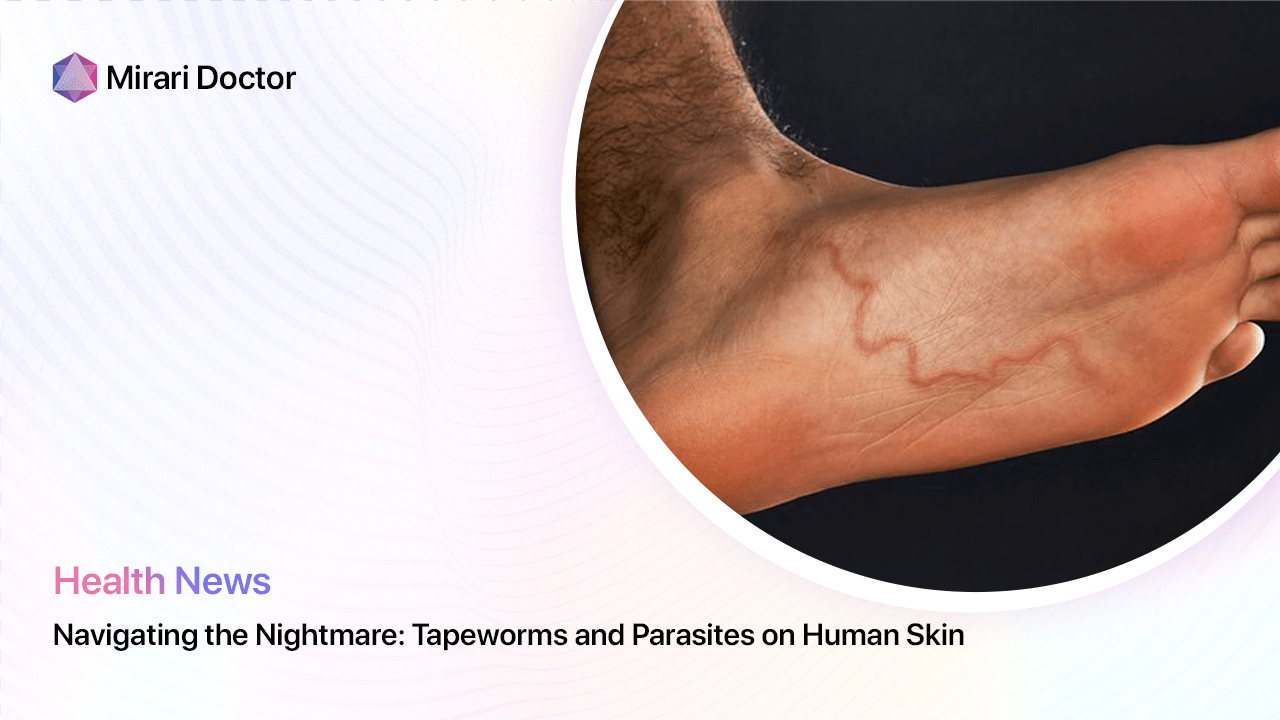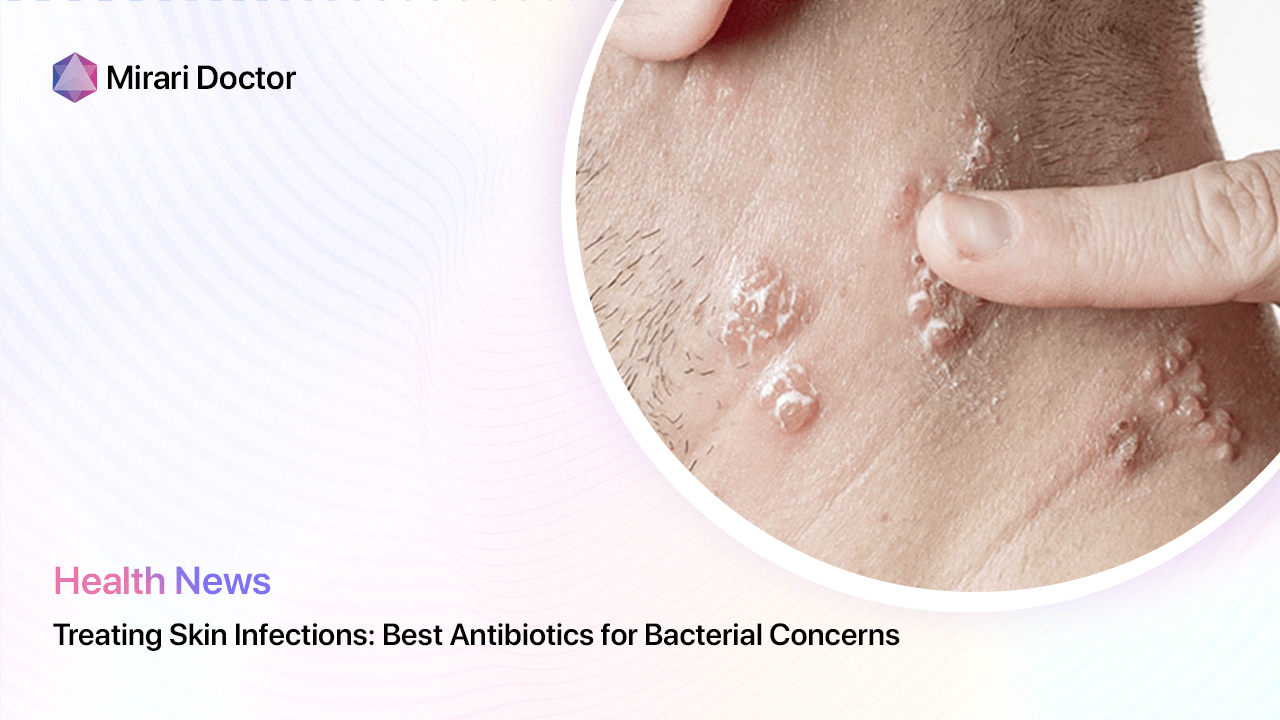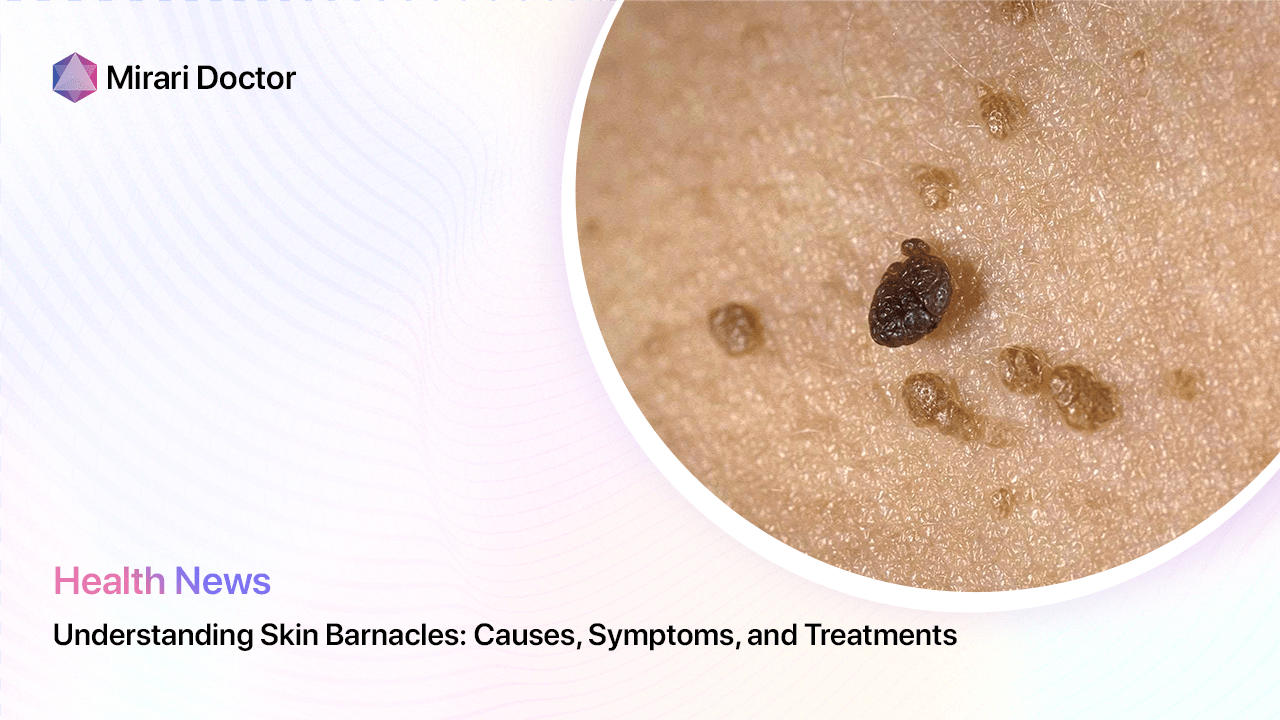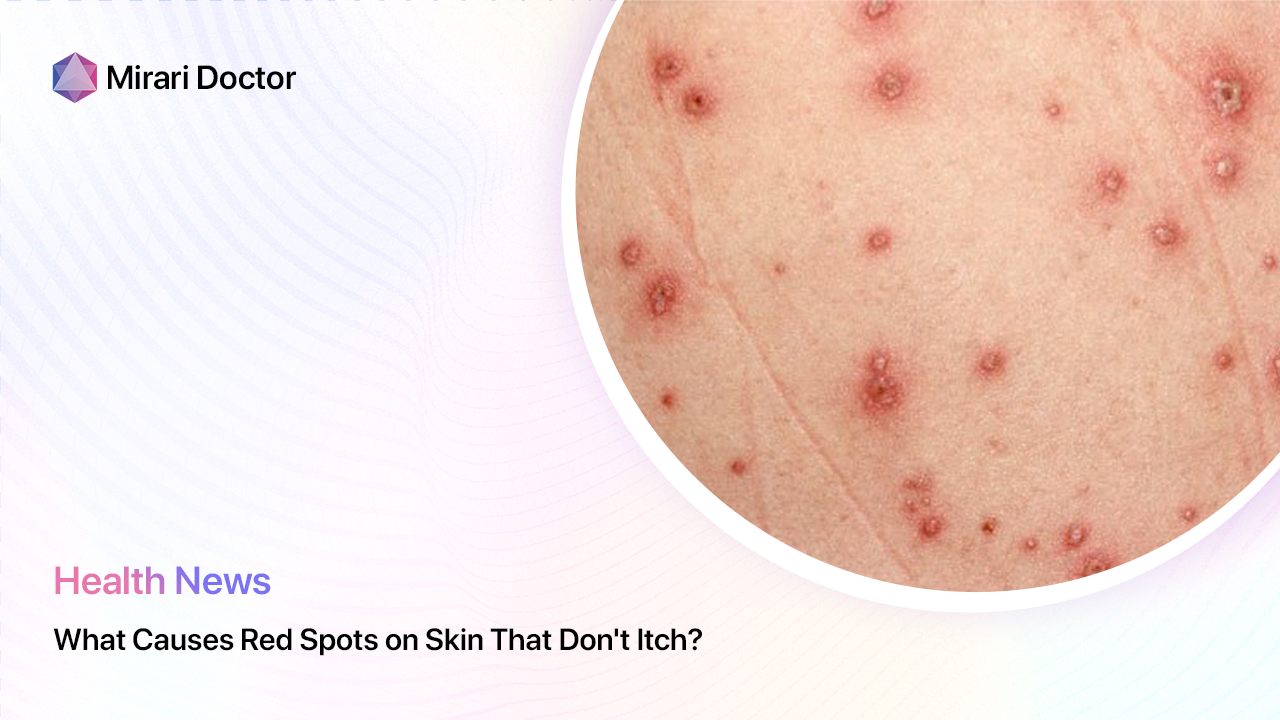
If you’ve noticed red spots on your skin that aren’t accompanied by itching, you may be wondering what could be causing them. While many rashes are known for being itchy and irritating, there are actually several skin conditions that can result in red bumps or spots without the itch factor.
As a general rule, any new rash or change in your skin warrants a trip to the dermatologist to get properly diagnosed. However, having some background knowledge on potential causes of non-itchy red spots can help you have a more informed discussion with your doctor. Here’s what you need to know.
Common Causes of Red Spots That Don’t Itch
There are many different skin conditions and factors that can lead to the development of red spots on the skin. Some of the most common causes of non-itchy rashes and red bumps include:
1. Cherry Angiomas
Cherry angiomas are harmless skin growths that occur when blood vessels clump together near the surface of the skin. They appear as small, bright red spots that are typically round or oval-shaped. Cherry angiomas are very common, especially after age 30, and can develop anywhere on the body but are most often seen on the torso, arms, and shoulders[1].
These spots are usually painless and do not itch or bleed. While the exact cause is unknown, they tend to increase in number with age and may run in families. No treatment is necessary for cherry angiomas unless they are cosmetically bothersome or frequently irritated by clothing[2].
2. Keratosis Pilaris
Keratosis pilaris is a very common and harmless skin condition that causes small, hard, red bumps, most often on the upper arms, thighs, cheeks or buttocks. These bumps develop when keratin, a protein in the skin, builds up and blocks the opening of hair follicles. This results in rough, sandpaper-like bumps that may be surrounded by red, inflamed skin[3].
Keratosis pilaris is more common in people who have dry skin or eczema and tends to run in families. It’s often worse in the winter months when skin is drier. While there is no cure, using moisturizers and gentle exfoliation can help improve the appearance of these bumps. Prescription topical retinoids may be recommended in some cases[4].
3. Petechiae
Petechiae are pinpoint red spots that occur as a result of tiny blood vessels called capillaries breaking and leaking blood into the skin. Unlike cherry angiomas, petechiae are flat rather than raised. They often appear in clusters and may look like a rash. Petechiae are usually found on the lower legs, but can develop anywhere on the body[5].
Common causes of petechiae include injuries, straining, certain medications, and low platelet levels. More serious causes like blood stream infections, vasculitis, and leukemia are also possible. If you develop petechiae without an obvious cause, it’s important to see your doctor promptly to determine if an underlying condition needs to be treated[6].
4. Pityriasis Rosea
Pityriasis rosea is a common, harmless rash that often begins with a single large, slightly raised, scaly red patch called a “herald patch.” Within a week or two, smaller red spots then erupt, usually on the torso and upper arms. They often form a symmetrical “Christmas tree” pattern on the back. The rash may be mildly itchy in some people but is not intensely itchy like eczema or hives[7].
The exact cause of pityriasis rosea is unclear but may be triggered by a viral infection. The rash usually resolves on its own within 6-8 weeks without any treatment. Using moisturizers and taking oral antihistamines or topical steroids can help relieve any itching[8].
5. Acne
Acne vulgaris, the most common type of acne, causes red bumps and pustules to develop on the face, chest, and back. Unlike keratosis pilaris, acne spots develop when hair follicles become clogged with oil and dead skin cells, allowing bacteria to grow. Hormonal changes, certain medications, and sometimes diet can contribute to acne breakouts[9].
Acne spots are often tender and painful to the touch but do not usually itch. Over-the-counter acne washes and spot treatments containing salicylic acid or benzoyl peroxide can be helpful for mild acne. More severe acne may require prescription oral or topical medications[10].
When to See a Doctor
While many rashes and red spots are harmless and resolve on their own, there are times when seeing a doctor for an evaluation is important. Make an appointment with your primary care doctor or dermatologist if[11]:
- Your rash is widespread, painful, or blistering
- The rash appeared suddenly and is spreading rapidly
- You have other symptoms like fever, swollen lymph nodes, or joint pain
- Over-the-counter remedies haven’t helped a bothersome rash
- You suspect your rash may be due to a medication or allergic reaction
- Petechiae have developed and you don’t know the cause
- Any rash or skin changes are concerning to you
Rarely, a rash can be a sign of a serious or even life-threatening condition. Go to the emergency room if you have a rash along with any of the following symptoms[12]:
- Difficulty breathing or swallowing
- Swelling of the face or throat
- Dizziness, fainting, or confusion
- High fever or severe pain
- Blisters around the eyes, nose, or mouth
Diagnosis and Treatment
Diagnosing the cause of red spots or a rash involves a thorough assessment by a healthcare provider. Your doctor will ask about your symptoms, when you first noticed the spots, and if you have any other symptoms. They will perform a physical exam to carefully inspect the appearance and location of the spots or rash.
Depending on your symptoms and risk factors, your doctor may also[13]:
- Order blood tests to check for infection, anemia, or autoimmune disease
- Perform a skin biopsy to examine a sample of the rash under a microscope
- Refer you to a dermatologist for further evaluation
Treatment for red spots and rashes will depend on the underlying cause. Some rashes like pityriasis rosea require no treatment and will clear up on their own. Others may benefit from[14]:
- Moisturizing lotions to soothe dry, irritated skin
- Over-the-counter hydrocortisone cream to reduce inflammation
- Oral antihistamines to relieve itching
- Prescription topical or oral medications to treat conditions like eczema or psoriasis
- Antibiotics if an infection is present
- Stopping any medications that may be triggering the rash
If you’re not sure what’s causing your red spots, avoid picking at them or using harsh skincare products that could further irritate your skin. Stick to gentle cleansers and fragrance-free moisturizers until you can see your doctor for a proper diagnosis and treatment plan.
Preventing Red Spots and Rashes
While not all rashes and red spots can be prevented, there are some steps you can take to keep your skin healthy and reduce your risk of irritation[15]:
- Avoid known triggers like harsh soaps, fragrances, and irritating fabrics
- Moisturize your skin regularly, especially after bathing
- Take short, lukewarm showers instead of long, hot baths
- Use sunscreen to protect your skin from sun damage
- Don’t share personal care items like razors or towels with others
- Manage stress, which can trigger flare-ups of conditions like eczema and psoriasis
- See your doctor regularly for skin exams, especially if you have a lot of moles or a family history of skin cancer
When to Worry
Most of the time, red spots on the skin that don’t itch are harmless and nothing to worry about. However, it’s important to see your doctor for an accurate diagnosis, especially if the spots appeared suddenly, are spreading quickly, or are accompanied by other symptoms like fever or pain.
Additionally, any skin changes that last longer than a few weeks or are not responding to over-the-counter treatments should be evaluated by a healthcare professional. Rarely, red spots can be a sign of a more serious condition like vasculitis, lupus, or skin cancer, so it’s always best to err on the side of caution and get checked out.
Your dermatologist can determine the cause of your red spots and recommend the most effective treatment plan to get your skin looking and feeling its best. With proper care and attention, most rashes and spots will clear up quickly, leaving you with healthy, comfortable skin.
The Bottom Line
Red spots on the skin that don’t itch can have many different causes, ranging from harmless skin growths like cherry angiomas to more serious conditions like petechiae or vasculitis. While most non-itchy rashes are nothing to worry about, it’s important to see your doctor for an accurate diagnosis, especially if the spots are widespread, painful, or accompanied by other symptoms.
In many cases, red spots will clear up on their own or with simple over-the-counter treatments. However, prescription medications may be necessary for some conditions like eczema, psoriasis, or severe acne. Taking good care of your skin by avoiding irritants, moisturizing regularly, and protecting it from the sun can help keep your skin healthy and prevent rashes and spots from developing.
If you’re concerned about red spots on your skin, don’t hesitate to make an appointment with your primary care doctor or dermatologist. They can provide you with an accurate diagnosis, personalized treatment recommendations, and peace of mind. With the right care and attention, you can keep your skin looking and feeling its best.
Key Takeaways
- Red spots on the skin that don’t itch can be caused by various factors, including skin conditions like cherry angiomas, keratosis pilaris, petechiae, pityriasis rosea, and acne.
- While most non-itchy red spots are harmless, some may indicate a more serious underlying condition that requires medical attention.
- It’s essential to consult a doctor for any rash that is widespread, painful, spreading rapidly, or accompanied by other symptoms such as fever or joint pain.
- Treatment options for red spots depend on the underlying cause and may include moisturizers, topical steroids, oral medications, or no treatment at all.
- Preventing the development of red spots involves taking good care of your skin by avoiding irritants, keeping skin moisturized, managing stress, and scheduling regular skin exams with your doctor.
- If you have concerns about red spots on your skin, schedule an appointment with your primary care physician or dermatologist to receive an accurate diagnosis and personalized treatment plan.
Remember, your skin is your body’s largest organ and deserves proper care and attention. By staying vigilant about changes in your skin and seeking medical advice when needed, you can maintain healthy, comfortable skin and address any concerns before they become more serious.
If you found this article informative, consider sharing it with others who may benefit from learning more about red spots on the skin and when to seek medical care. Encourage them to prioritize their skin health and schedule regular check-ups with a dermatologist to catch any potential issues early on.
For more expert advice and insights on skincare, visit MirariDoctor.com, your trusted online resource for all things skin health. With a wealth of articles written by experienced dermatologists like myself, Mirari Doctor, you’ll find the information and support you need to keep your skin looking and feeling its best.
References
- “Cherry Angioma.” Mayo Clinic, Mayo Foundation for Medical Education and Research, 8 May 2021, www.mayoclinic.org/diseases-conditions/cherry-angioma/symptoms-causes/syc-20352409.
- Oakley, Amanda, and Jannet Gomez. “Cherry Angiomas.” DermNet NZ, 2010, dermnetnz.org/topics/cherry-angioma.
- “Keratosis Pilaris.” American Academy of Dermatology, www.aad.org/public/diseases/a-z/keratosis-pilaris-overview.
- Hwang, Sena, and Robert A Schwartz. “Keratosis pilaris: a common follicular hyperkeratosis.” Cutis vol. 82,3 (2008): 177-80.
- Gauer, Robert, and Elizabeth Wolff. “Petechiae.” [Updated 2021 Aug 11]. In: StatPearls [Internet]. Treasure Island (FL): StatPearls Publishing; 2022 Jan-. Available from: https://www.ncbi.nlm.nih.gov/books/NBK482331/
- Patel, Anisha A, and Amor Khachemoune. “Petechiae.” [Updated 2021 Sep 28]. In: StatPearls [Internet]. Treasure Island (FL): StatPearls Publishing; 2022 Jan-. Available from: https://www.ncbi.nlm.nih.gov/books/NBK557840/
- “Pityriasis Rosea.” Mayo Clinic, Mayo Foundation for Medical Education and Research, 6 Oct. 2021, www.mayoclinic.org/diseases-conditions/pityriasis-rosea/symptoms-causes/syc-20376405.
- Mahajan, Khushbu et al. “Pityriasis Rosea: An Update on Etiopathogenesis and Management of Difficult Aspects.” Indian journal of dermatology vol. 61,4 (2016): 375-84. doi:10.4103/0019-5154.185699
- “Acne.” Mayo Clinic, Mayo Foundation for Medical Education and Research, 12 Sept. 2020, www.mayoclinic.org/diseases-conditions/acne/symptoms-causes/syc-20368047.
- Zaenglein, Andrea L et al. “Guidelines of care for the management of acne vulgaris.” Journal of the American Academy of Dermatology vol. 74,5 (2016): 945-73.e33. doi:10.1016/j.jaad.2015.12.037
- “Slide Show: Common Skin Rashes.” Mayo Clinic, Mayo Foundation for Medical Education and Research, 26 Feb. 2022, www.mayoclinic.org/skin-rash/sls-20077087?s=1.
- “Rash 101 in Adults: When to Seek Medical Treatment.” American Academy of Dermatology, www.aad.org/public/everyday-care/itchy-skin/rash/rash-101.
- Reider, Norbert, and Noah Craft. “Rash Evaluation.” [Updated 2021 Jul 18]. In: StatPearls [Internet]. Treasure Island (FL): StatPearls Publishing; 2022 Jan-. Available from: https://www.ncbi.nlm.nih.gov/books/NBK549717/
- “Dermatitis.” Mayo Clinic, Mayo Foundation for Medical Education and Research, 13 Mar. 2021, www.mayoclinic.org/diseases-conditions/dermatitis-eczema/diagnosis-treatment/drc-20352386.
- “Skin Care Tips Dermatologists Use.” American Academy of Dermatology, www.aad.org/public/everyday-care/skin-care-basics/care/skin-care-tips-dermatologists-use.
Related articles
Made in USA


